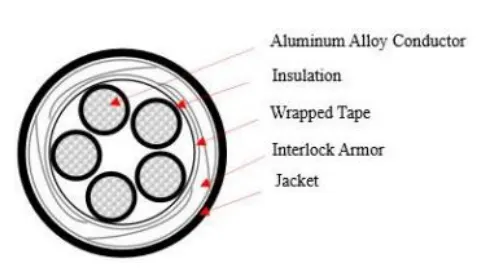Nov . 12, 2024 04:40 Back to list
wafer butterfly valve
The Wafer Butterfly Valve A Comprehensive Overview
In many industrial applications, the need for efficient control of fluid flow is paramount. One of the most effective solutions for achieving this is through the use of wafer butterfly valves. These valves are integral components in various systems, including water treatment, chemical processing, and HVAC systems, owing to their reliable performance, compact design, and cost-effectiveness.
What is a Wafer Butterfly Valve?
A wafer butterfly valve is a type of quarter-turn valve that utilizes a flat circular disc to regulate the flow of fluids. The valve is installed between two flange faces in a piping system, which is why it is referred to as a wafer. When the valve is rotated 90 degrees, the disc either opens or closes, allowing for quick and efficient control over the flow.
The design of the wafer butterfly valve allows it to fit seamlessly between two pipe flanges without the need for additional fittings. This characteristic not only saves space but also simplifies installation, making it a popular choice in various applications.
Key Features and Advantages
1. Compact Design One of the standout features of the wafer butterfly valve is its compactness. Unlike traditional gate or globe valves, butterfly valves occupy significantly less space. This makes them ideal for installations where space is limited.
2. Lightweight Construction Wafer butterfly valves are typically made from lightweight materials such as aluminum, stainless steel, or plastic. This feature reduces installation efforts and associated costs, as lighter valves require less support.
3. Rapid Operation The quarter-turn operation of the butterfly valve allows for quick open and close actions. This fast response makes it suitable for processes requiring precise flow control and rapid shut-off capabilities.
4. Versatility These valves can handle a wide range of fluids, including gases, water, steam, and even corrosive substances. Depending on the material used in the valve's construction, wafer butterfly valves can be adapted for various applications across different industries.
5. Cost-Effective Compared to other valve types, wafer butterfly valves tend to be more affordable, both in terms of initial purchase price and maintenance costs. Their simple design and fewer components contribute to their overall cost-effectiveness.
Applications
Wafer butterfly valves are used in an extensive array of applications across various sectors. Here are some common examples
wafer butterfly valve

- Water Treatment Plants These valves are used to control the flow of water in filtration and treatment processes, ensuring the efficient operation of systems designed to purify water before it reaches consumers.
- Chemical Processing In the chemical industry, these valves are utilized to regulate the flow of various chemicals, making them vital in production lines and safety systems.
- HVAC Systems Wafer butterfly valves play a crucial role in heating, ventilation, and air conditioning systems by controlling airflow and maintaining temperature stability.
- Oil and Gas Industries They are employed in pipelines and processing plants to manage the flow of oil, gas, and other hydrocarbons.
Maintenance and Considerations
While wafer butterfly valves are known for their durability and low maintenance requirements, routine checks are still essential. Inspecting for signs of wear or damage, ensuring the seals are intact, and confirming that the valve operates smoothly are crucial for maintaining optimal performance.
Additionally, when selecting wafer butterfly valves, it's important to consider factors such as
- Material Compatibility Ensure the valve material is suitable for the specific fluid it will handle to prevent corrosion or degradation.
- Pressure and Temperature Ratings Confirm that the valve meets the necessary specifications for the intended application.
- Size and Flange Compatibility Check the dimensions and ensure compatibility with existing piping systems to avoid installation issues.
Conclusion
In summary, wafer butterfly valves represent an essential component in modern fluid control systems. Their compact design, lightweight construction, and cost-effectiveness make them a preferred choice in various industries. With proper maintenance and the right selection, these valves can provide reliable service and efficient flow management for many years. Their versatility in handling diverse fluids assures their continued prominence in engineering applications, highlighting the importance of understanding and implementing the right valve technology in industrial processes.
Share
-
Reliable Wafer Type Butterfly Valves for Every IndustryNewsJul.25,2025
-
Reliable Flow Control Begins with the Right Ball Check ValveNewsJul.25,2025
-
Precision Flow Control Starts with Quality ValvesNewsJul.25,2025
-
Industrial Flow Control ReliabilityNewsJul.25,2025
-
Engineered for Efficiency Gate Valves That Power Industrial PerformanceNewsJul.25,2025
-
Empowering Infrastructure Through Quality ManufacturingNewsJul.25,2025


